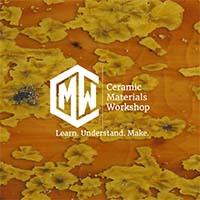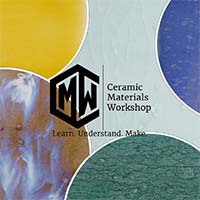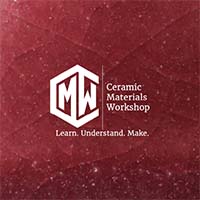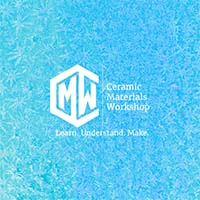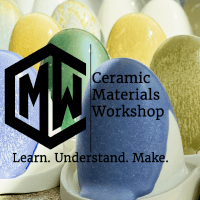Continuing on the conversation about Tin!
Copper Red glazes are interesting as they often contain a lot more Tin than Copper. We’ve seen formula that will have 0.5% Copper and 6x or more Tin.
These two glazes are from the same batch. The tile on the right is without Tin. We then added the Tin, and applied a second tile, which is on the left. Both were then fired in the same reduction firing.
Why?
Well, the copper makes the red, Copper is reduced down to colloidal copper (ultra small) this looks when suspended in a glass. That much is clear.
One theory on why the tin is included is that it opacifies the glaze, which makes the red more intense. That doesn’t quite work conceptually, as opacifiers tend to change the colors they are mixed with, into pastel colors.
One theory pro-ported by Tschane, in his book copper red glazes, is that it is the reduced behavior of tin that enables the red. Most materials, when reduced, want to reoxidize while still in the firing. The idea is that Tin will reoxidize before cooper, and in that process strips all of the remaining oxygen from the copper, giving it an even more bold color. This behavior is also why the “oxidation flash” in copper red firings is valuable.
Our student Mel @a_fizzy_dilu has found some studies that validate this concept.
Start learning about your glazes today! Visit www.ceramicmaterialsworkshop.com for more information on our courses.

